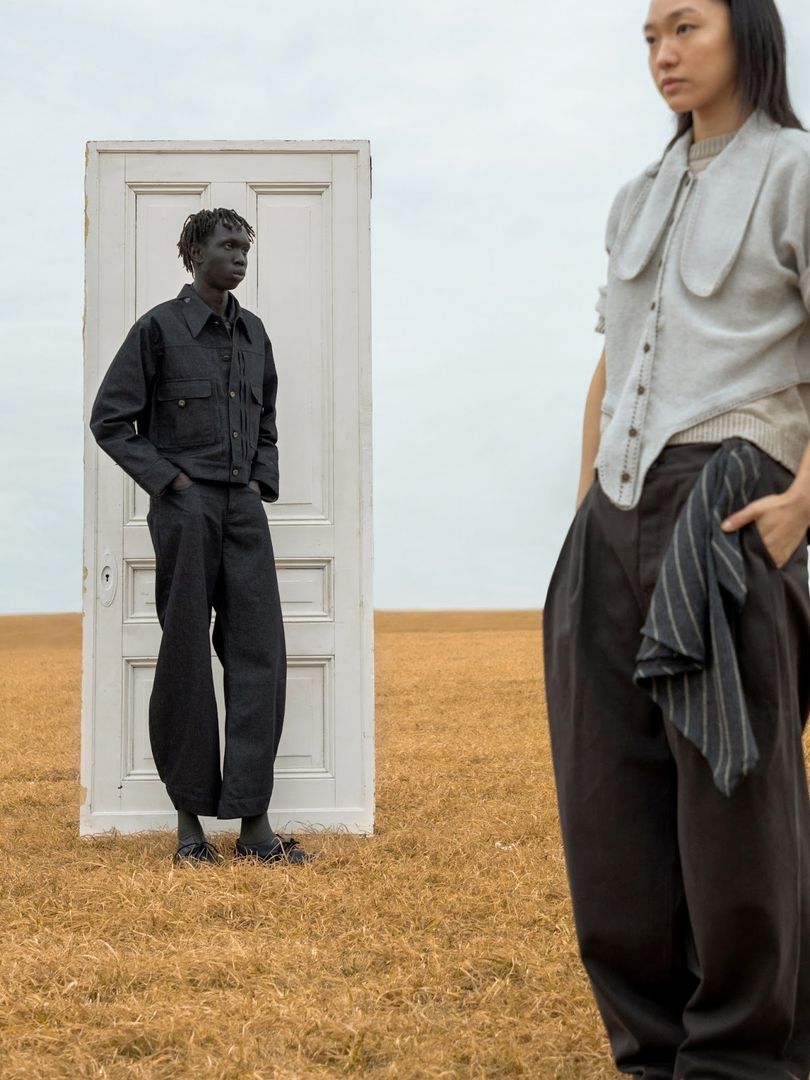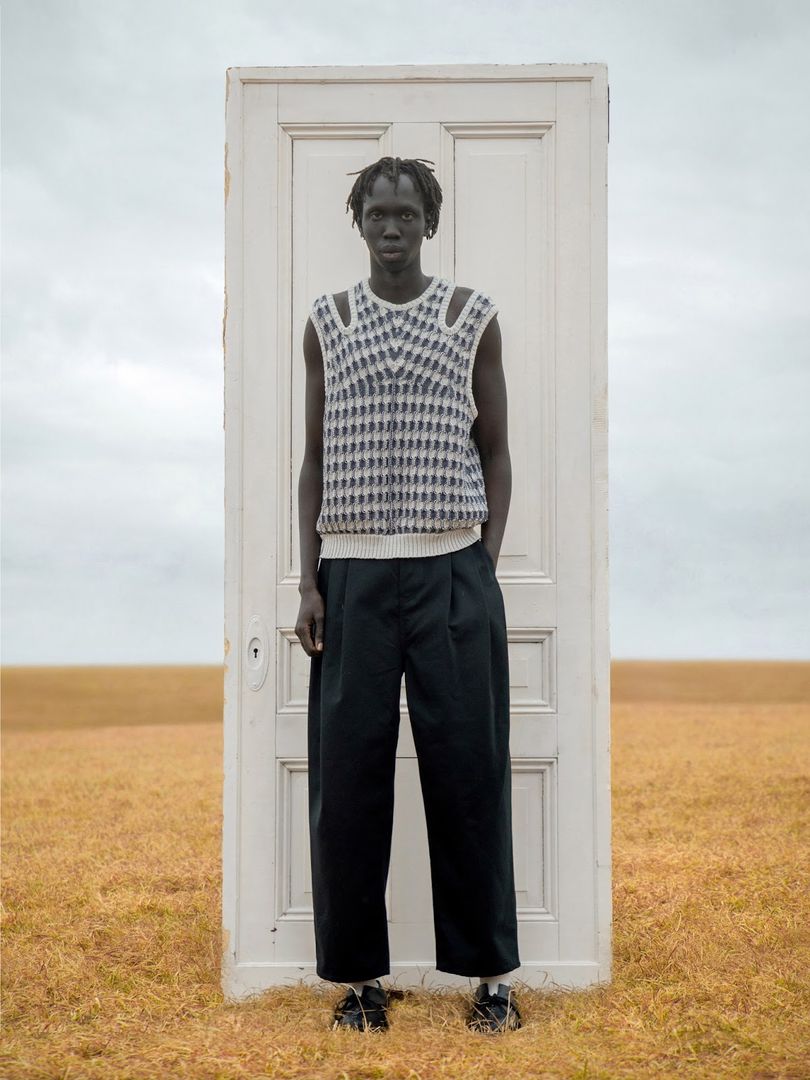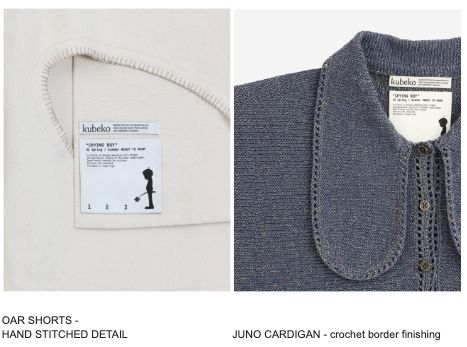
In a cultural moment defined by speed, hype, and an endless chase for the “next,” New York–based label kubeko is moving in the opposite direction. Founded by Heewon Lee and Keon Jung, the emerging brand builds its world with slowness, softness, and story—creating space for garments that speak in whispers, not shouts.
Their debut collection, Crying Boy, marks the first chapter in a narrative-driven practice rooted in vulnerability, transformation, and deeply personal symbolism.
Kubeko is not the vision of a single designer, but a shared language crafted between collaborators who value storytelling, sensitivity, and meticulous craft. Rejecting the churn of seasonal trends, they approach fashion as an evolving body of work—one that draws from internal shifts, lingering memories, and the personal becoming public. Each founder’s voice shapes the whole, resulting in garments that feel diaristic rather than decorative.
The collection unfolds like a visual poem. Peekaboo openings hint at emotional exposure. Handcrafted knits wrap the body in tactile intimacy. Collars bend and curve away from convention, breaking silhouette rules with quiet defiance. Nothing is accidental—from hand-sewn finishes to symbolic closures, every detail is a narrative device. Here, clothing doesn’t just dress the body—it listens to it, responds to it, and reflects it back.
As the founders put it, “We strive to create pieces that help our wearers navigate the world.” That sentiment runs through every stitch, privileging presence over perfection.
Kubeko’s value lies not just in its aesthetic, but in its ethos. In an industry defined by rapid production cycles, algorithm-led aesthetics, and disposable design, kubeko offers resistance. Their garments are not made for mass replication—they are designed to last, evolve, and accompany the wearer through their own unfolding story. Transformation—internal, physical, emotional—is built directly into their construction.

The brand asks what fashion might look like if built from tenderness rather than dominance. Instead of chasing the label of “wearable art” or the theatrics of performance, kubeko aims for something more grounded: clothing that feels human. In doing so, they expand fashion’s emotional range, creating space for melancholy, fragility, and memory. At a time when the industry is reconsidering its values, kubeko offers an urgent, alternative model.

Crying Boy is only the first chapter in kubeko’s long-form exploration of material storytelling. Future collections will continue to build on handcrafted techniques, symbolic details, and emotionally responsive design.
In a fast-moving world hooked on visual sugar highs, kubeko reminds us: the most enduring garments aren’t those that shout for attention—they are the ones that see you before you even speak.
2015-02-11